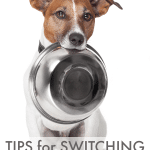This is a sponsored post written by me on behalf of Food Lion for IZEA Worldwide. All opinions are 100% mine.
When it comes to switching dog food, it’s really important to do so properly to avoid causing your pet any discomfort.
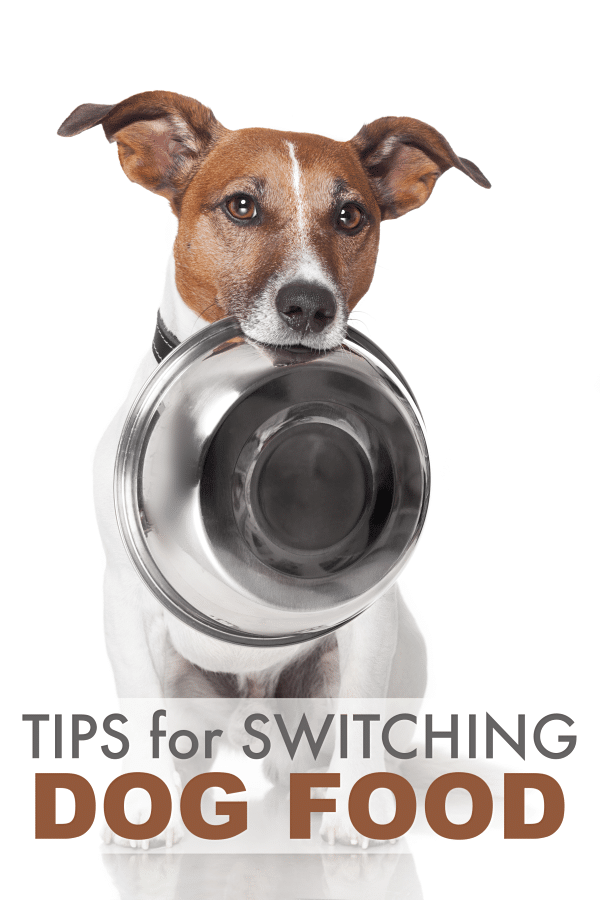
It’s not difficult, but you do need to follow some basic guidelines for a smooth transition. I’ve had dogs for all of my adult life — several different dogs with a variety of personalities and needs.
Some had sensitive skin, one had cancer, one had a severe heart murmur. Currently, I have two lovable pups who are the best of friends. They were both rescued from local shelters, about a year apart.
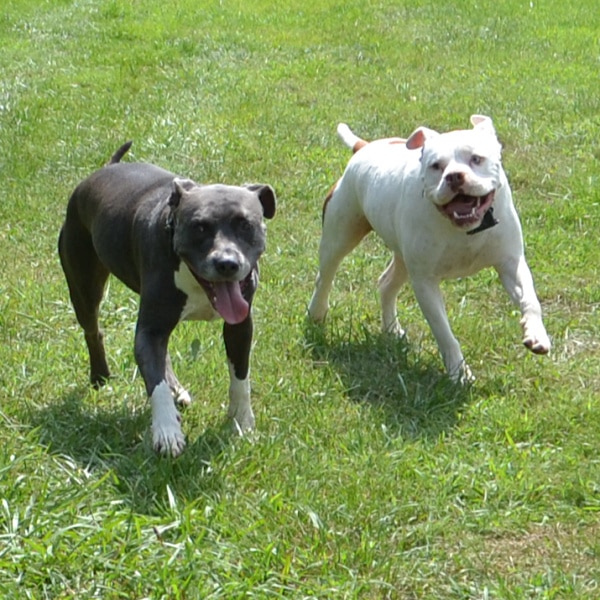
This is my sweet little girl who is six years old.
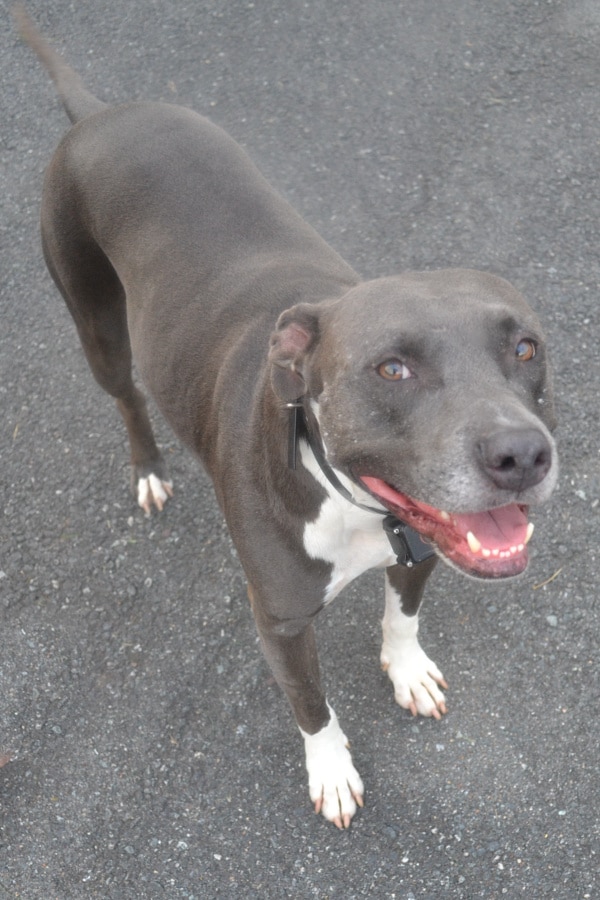
And my handsome, goofy boy who is five years old.
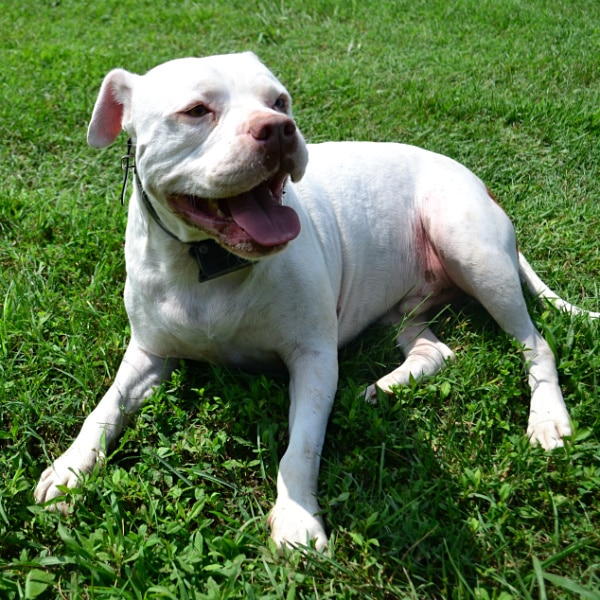
I’m not a veterinarian and don’t assume to know anywhere close to what a veterinarian knows. But I have consulted with dozens of veterinarians over the years while raising dogs and their advice about switching dog food is remarkably consistent.
Today I’m sharing all the tips for switching dog food those veterinarians have shared with me. I’ll also talk about some of the many reasons you should consider when switching your dog’s food.
Why Switch Dog Food?
There are several reasons you might consider when changing your dog’s diet. Here are some of the most common reasons:
Age
Dogs have different nutritional needs at different stages of their lives. As puppies, they need more calories and special nutrients to help fuel their rapid growth.
Once they’ve reached adulthood all those extra calories turn into extra pounds though so you have to switch to a different food.
When your dog reaches the senior stage of life, they’ll likely need to switch to a different food again since they’ll slow down even more. This may mean switching to a food specially formulated for older dogs, or simply feeding your dog smaller quantities or less often.
Health
Just like humans, dogs’ bodies respond differently to certain foods and ingredients. One of my dogs had severe dandruff until we switched her dog food, then it cleared up immediately.
Sometimes your vet will recommend a special diet based on your dog’s condition. If your dog has a weight problem, develops heart or kidney trouble, or gets frequent unexplained rashes, your vet will likely make diet suggestions.
Cost
I have a house full of people and pets (5 kids, my mother, 2 dogs, 1 cat). Keeping our household fed and running smoothly adds up! Add college costs for two of my kids and managing our budget feels like an Olympic sport.
To stay on top of our finances, I do regular reviews of our spending and I’m always looking for ways to save money. If you have an active, adult dog, the cost of food, vet care, and accessories can be substantial. In my case, it’s double since we have two energetic dogs.
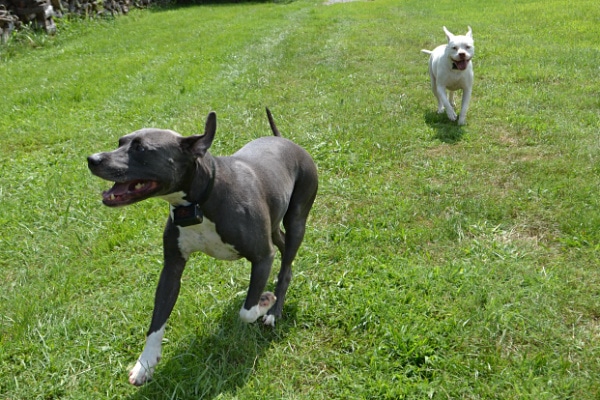
During our last financial review, I realized exactly how much we were spending on dog food. We were spending over $60 per month, a total of over $700 per year.
When I discovered Companion Dog Food at Food Lion, I realized we could cut our dog food expenses in half! Even better, they offer a double your money back guarantee (learn more) so there was no risk in buying and trying to make sure my dogs loved it and didn’t have any negative reactions.
Um, all the quality of National Brands at half the price, for no-risk, and available at my local grocery store? This switch was a no-brainer.
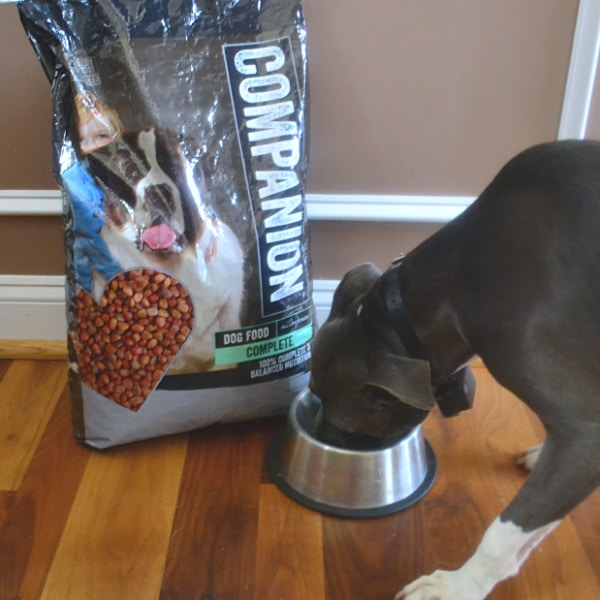
My white dog loved it so much, he laid down and proceeded to lick the bowl after he finished eating!
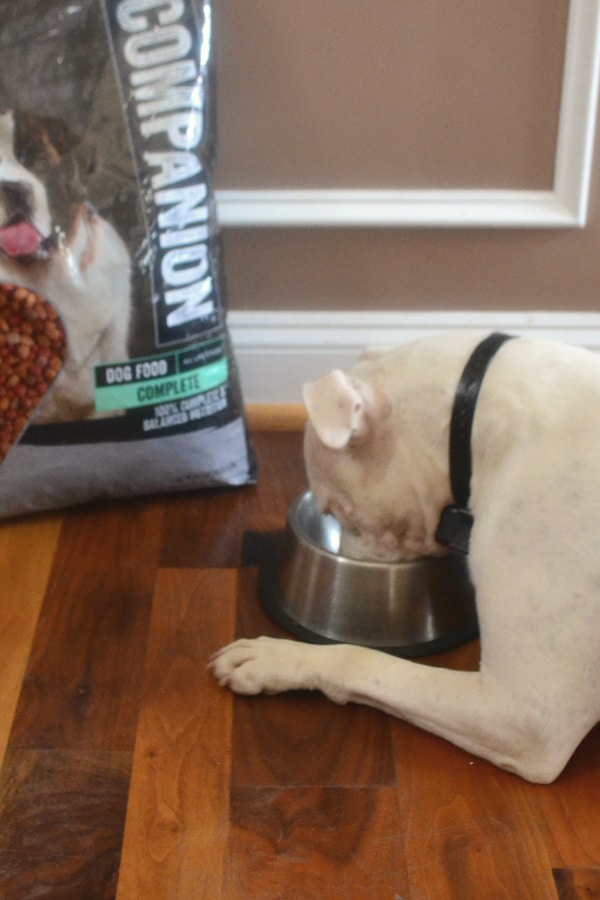
Companion pet products are high quality and include everything from pet food to toys, treats, and accessories. The pet food offers complete and balanced nutrition to provide your furry friends with the nourishment they need for a long, happy life. For More Information about Food Lion’s Private Brand labels click here.
Tips for Switching Dog Food
No matter what the reason for changing your dog’s diet, you’ll want to do so correctly to avoid upsetting your dog’s stomach or causing a food strike. Here are some tips to make the transition easier.
Similar Food
If you aren’t changing brands because of a health-related issue, it’s best to stick with a dog food that’s similar to what you are already feeding your pet. Ideally, the first several ingredients will be the same.
Change Gradually
The MOST important thing to remember when switching dog food is to do it gradually. Don’t wait until you run out of the food you’re already using and then simply replace it with the new food.
Instead, combine the foods over 7 day period, gradually adding more of the new food and less of the old. On the first day, you should have mostly the old food with just a little of the new.
By day 6, it should be almost all new food, with just a little of the old food. On day 7, you can finally feed your dog a bowl of just the new food.
Watch for Negative Reactions
One reason you need to change dog food gradually is that abrupt changes can cause diarrhea and vomiting. If you follow the gradual transition process above and notice that these symptoms are still occurring, your dog might be allergic to the new food.
In addition to the hard-to-miss symptoms of gastrointestinal problems (diarrhea and vomiting), here are some other symptoms to watch for that might indicate a negative reaction to the new food:
- Itching
- Ear Scratching
- Face Rubbing
- Gas
- Abnormal Behavior
Hydrate
Drinking water will help your dog’s digestion so make sure to provide lots of water during the transition. If you notice that your dog is drinking a lot more than usual though, this can be a sign that your pet is struggling with the switch.
I hope these tips help to make your life (and your pet’s) easier and happier! For more pet tips, check out these posts.
If you don’t have a dog yet, but want to get one, check out these Low Maintenance Dogs.

